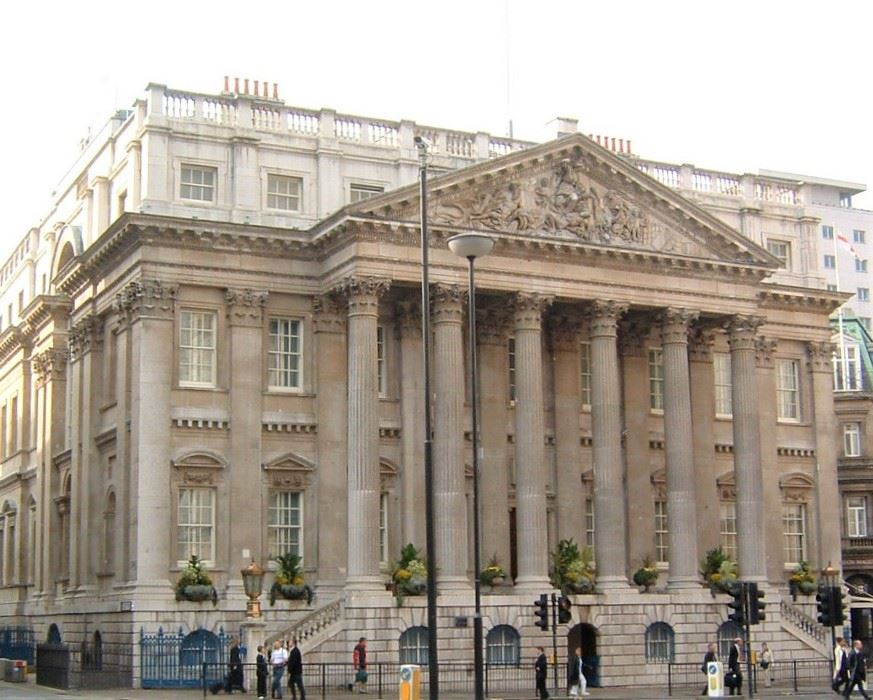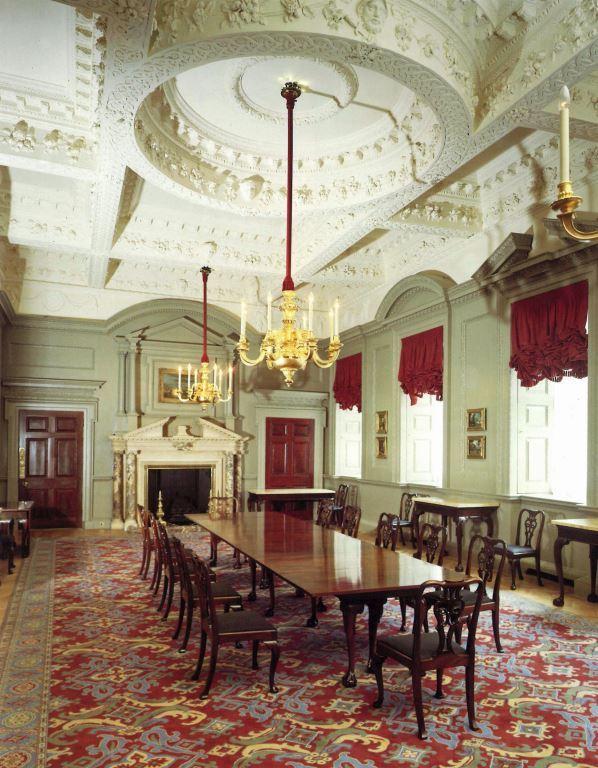WCAPT's "Hardhat Optional" series continues with a presentation by John Fidler on July 14th at 4.30pm
“Stiff as a Board?" Strengthening of the 1735 Long Parlor Floor in London's Mansion House


Registration is free at www.wcapt.org!
Appointed as the City of London Corporation’s first Historic Buildings Architect in 1982, John Fidler was charged with the care and welfare of the City’s extended historic estate, including London’s Roman Walls, numerous Roman and medieval archaeological sites, remote Elizabethan hunting lodges, Christopher Wren’s Monument to the Great Fire of London, and several Thames bridges. But his first project was to prevent MEP engineers from butchering the Lord Mayor of London’s Mansion House (built 1735) then planned for a £1 million ($2.7million today) summer overhaul in 1983. The challenge being to catch up and get ahead of engineers and contractors, save as much historic fabric as possible, and achieve same in a 12-week period while the Lord Mayor was on a foreign trade mission. Contract penalties for non-completion by a fixed date ran into seven figures due to previously planned commitments for an internationally televised fashion show. The clock was ticking……
The Mansion House, designed by George Dance the Elder (1695-1768), was the first purpose-built headquarters office and home for the ancient role of Lord Mayor of London. The multi-purpose center-city property also functioned as a magistrates’ court (complete with its own jail) and place of official entertainment, comfortably sitting over 2,000 guests per day for formal lunches and dinners. In some ways, it operated like a Royal Palace, except that the ‘royalty’ changed every year upon new elections.
The illustrated Zoom presentation describes summer works in 1983 that discovered major issues with the stiffness and safety of the Long Parlor floor while rewiring was taking place. Using only Architect’s Instruction pads and sketches during the course of the MEP works contract, and time running out, a challenging floor strengthening scheme was designed and installed to a 24-7 timetable with only days to go….
Delegates will learn about:
- The historical development of London’s Mansion House
- Eighteenth century construction methods in London, UK
- NDE and other methods used to evaluate the performance of floors
- The technical and logistical challenges for the designer and contractors to effectively and sensitively repair the undersized and damaged floor in a short time period.
The Speaker
John Fidler is a British-licensed architect with two postgraduate degrees in building conservation and over 41-year’s specialist experience in the field. He served as the City of London’s first Historic Buildings Architect before joining English Heritage. While in the City, he set preservation standards for the phased restoration of the Mansion House; stabilized and maintained London’s Roman Walls; conserved the City’s Roman Baths in Lower Thames Street; established maintenance standards to repair the 14th C Guildhall stone slate roofs; and repaired Queen Elizabeth’s Hunting Lodge in Epping Forest.
He is currently president of John Fidler Preservation Technology Inc., an international award-winning consultancy based in Los Angeles with masonry stabilization projects at Menokin, Warsaw, VA and the Baroque gateways of Dublin Castle, Ireland. He is currently rewriting the late Sir Bernard Feilden’s Conservation of Historic Buildings for a 4th edition (Routledge forthcoming).
Join us on Wednesday, July 14th at 4.30pm PST.
Registration is free at www.wcapt.org!
